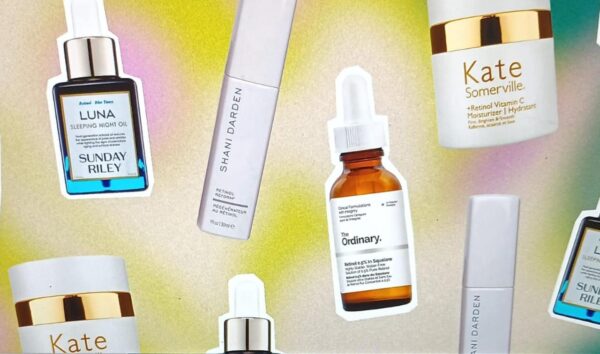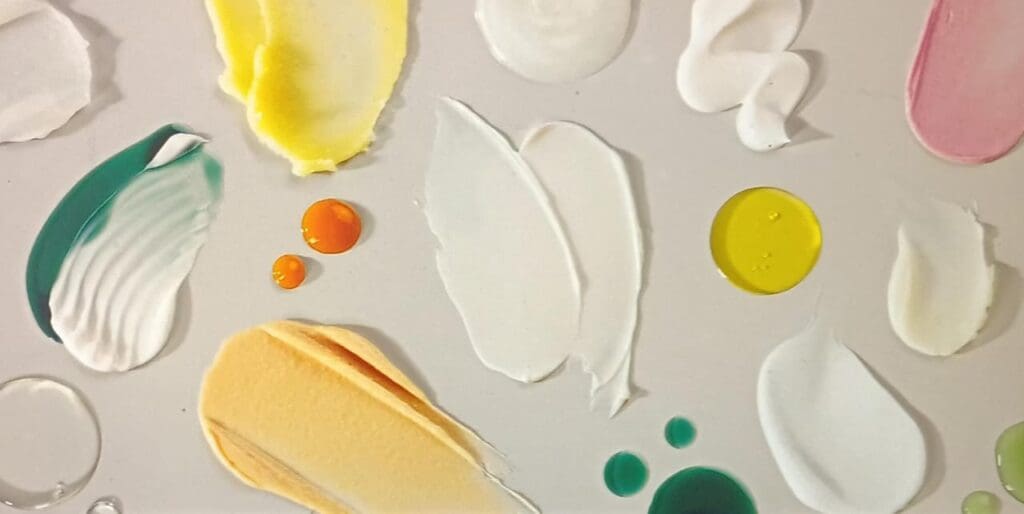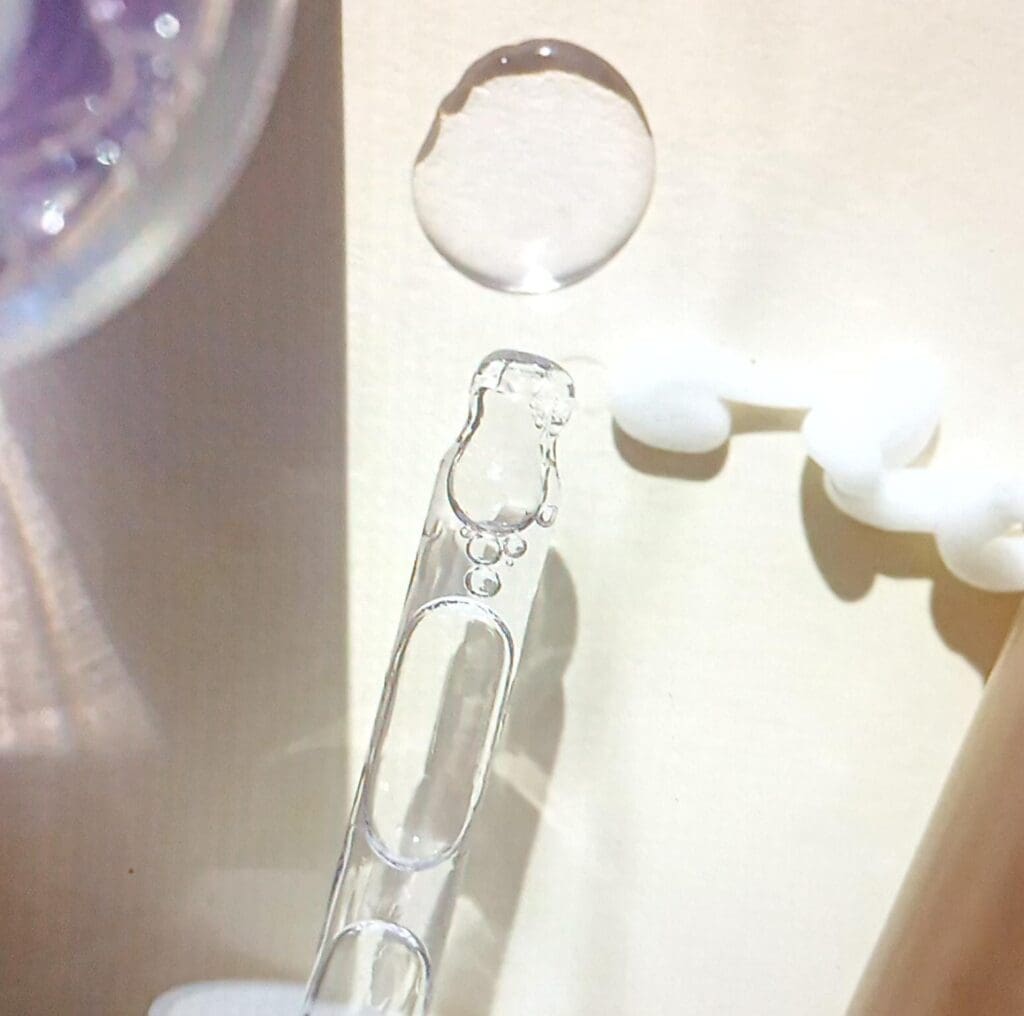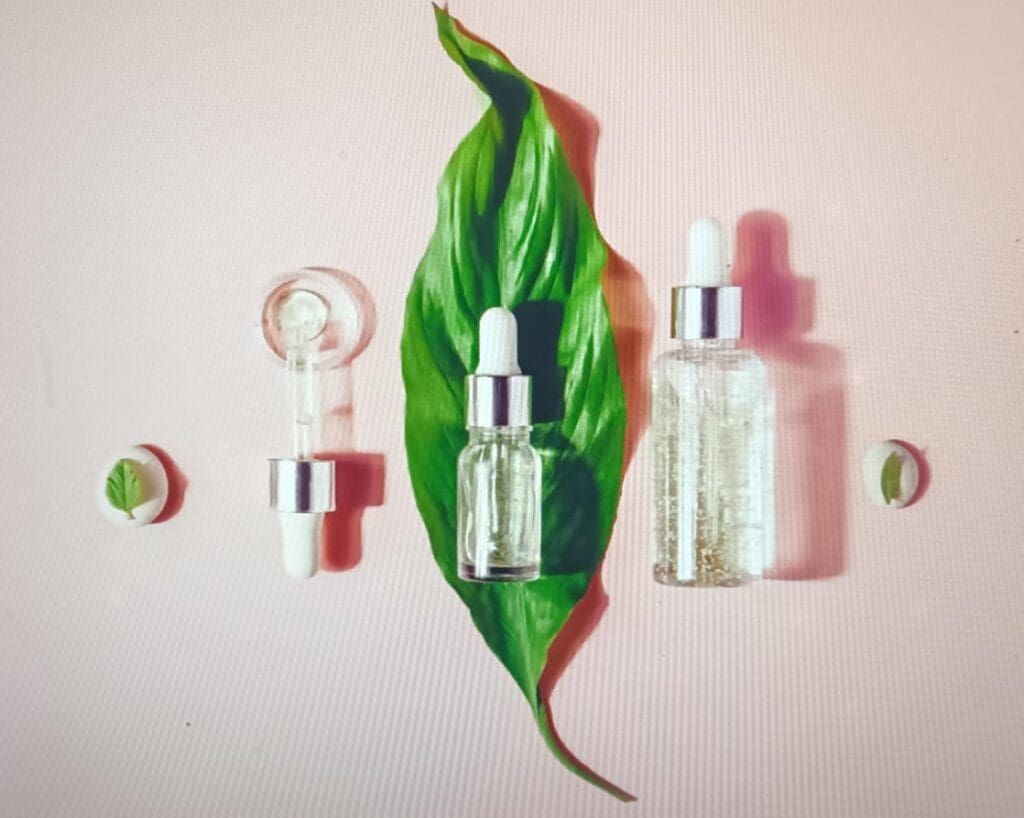
Retinol Side Effects and How to Deal with Them
Retinol is one of the most respected ingredients in skincare for its ability to combat aging and renew the skin.
It is a derivative of vitamin A that promotes collagen production, accelerates cell turnover, and helps reduce the appearance of fine lines and wrinkles.
However, despite its impressive benefits, retinol can also bring side effects, especially for those new to it or with sensitive skin.
Typically, these effects are pretty minor and temporary, but it is important to be aware of them.
Let’s explore the most common retinol side effects, the science behind them, and how to manage them effectively.
1. Dryness (Retinoid Dermatitis)
Why It Happens:
One of the most common side effects of retinol is dryness, often referred to in dermatology as “retinoid dermatitis.” Retinol accelerates the skin’s natural exfoliation process, increasing the turnover of skin cells.
While this process leads to younger, fresher skin, it can temporarily disrupt the skin’s moisture barrier. As the outermost layer of skin sheds, moisture can escape more easily, leaving the skin feeling dry and tight.
How to Mitigate:
Use a Hydrating Moisturizer: To counter dryness, incorporate a hydrating moisturizer with ingredients like hyaluronic acid and glycerin. These are humectants, which attract moisture to the skin and help restore its moisture balance.
Buffer Retinol: If dryness is intense, you can use the “buffering” method. This involves mixing a small amount of retinol with your moisturizer before applying it to your face. This dilutes the retinol, making it less intense while still delivering benefits.
Layering Products: Apply a moisturizer immediately after applying retinol to lock in moisture. Another method is to apply a thin layer of moisturizer before your retinol application. This acts as a protective barrier and reduces retinol’s potential for irritation.
2. Redness (Erythema)
Why It Happens:
Redness, medically known as erythema, is another side effect commonly experienced during the initial stages of retinol use.
This happens because retinol increases skin cell turnover, leading to inflammation as the skin adjusts to the heightened activity. For individuals with sensitive skin, this redness can be more pronounced.
How to Mitigate:
Start Slowly: If redness occurs, it is a sign your skin needs time to acclimatize. Begin by using retinol just once or twice a week. As your skin becomes more tolerant, you can gradually increase the frequency to every other night or nightly.
Use Lower Concentrations: Opt for a lower concentration of retinol, especially if you are a beginner. Concentrations around 0.1% to 0.3% are ideal for those with sensitive skin. If redness persists, consider staying at a lower concentration for an extended period.
Soothing Ingredients: Incorporate products with niacinamide or ceramides into your routine. These ingredients help strengthen the skin barrier and reduce inflammation, soothing the skin while it adjusts to retinol.
3. Peeling
Why It Happens:
Peeling is a hallmark of retinol use and is often seen as a sign that the product is working. Retinol accelerates the natural shedding of dead skin cells, which is a crucial part of its anti-aging and acne-fighting properties. However, this peeling can sometimes make the skin look flaky and feel uncomfortable.
How to Mitigate:
Avoid Additional Exfoliation for Now: If you are using exfoliants in your skincare routine, like glycolic acid, salicylic acid, or lactic acid, you may want to stop them if your skin is peeling from retinol use, as more exfoliation can worsen the situation. Once your skin adapts, you can use your exfoliants one to two times per week, along with retinol on different nights.
Hydrate Regularly: Keep your skin well-moisturized. When the skin is hydrated, it is more resilient and better equipped to manage peeling. Look for moisturizers rich in ceramides or squalane, which help restore the skin barrier and provide long-lasting hydration.
4. Irritation (Burning or Stinging)
Why It Happens:
For some, retinol can cause mild irritation, leading to a burning or stinging sensation upon application. This is due to the disruption in the skin barrier function caused by retinol’s activity. When the barrier is compromised, irritants can penetrate more easily, resulting in discomfort.
How to Mitigate:
Using too many active ingredients at once can exacerbate irritation. As we discussed earlier, avoid combining retinol with other potent actives like glycolic acid, salicylic acid, benzoyl peroxide, or vitamin C until your skin builds a tolerance. Sticking to one active ingredient at a time reduces the risk of overwhelming your skin when you are new to these products.
5. Breakouts (Purging)
Why It Happens:
While retinol is often used to treat acne, some users may experience a temporary increase in breakouts when they first start using it. This phenomenon is known as “purging.” Retinol speeds up the turnover of skin cells, which can bring underlying blockages to the surface faster than usual. While frustrating, purging is generally a temporary phase.
How to Mitigate:
Be Patient: Understand that purging is usually a temporary stage. It can last anywhere from 4 to 6 weeks. However, if breakouts persist beyond this timeframe, it may be a sign that the retinol concentration is too strong for your skin.
Non-Comedogenic Products: Ensure that the other products in your skincare routine are non-comedogenic, meaning they won’t clog your pores. This can help reduce the risk of additional breakouts while your skin adjusts to retinol.
6. Sun Sensitivity
Why It Happens:
Retinol increases the skin’s sensitivity to sunlight, making it more susceptible to sunburn and UV damage. This is because the newly exposed skin cells are more fragile and lack the protection of the older, dead skin cells.
How to Mitigate:
Use Sunscreen Daily: It is crucial to use a broad-spectrum sunblock with at least SPF 30 every day when using retinol. Reapply sunscreen every two hours if you are outdoors for prolonged periods.
Limit Sun Exposure: Try to apply retinol in the evening as part of your nighttime routine. This reduces the risk of sun exposure while the retinol is active on your skin.
What about long-term retinol use?
Long-term use of retinol is generally safe and does not usually cause side effects. However, retinol can make your skin more sensitive to the sun, so it is essential to use sunscreen daily. Experts, like those from the American Academy of Dermatology (AAD), suggest using a water-resistant, broad-spectrum sunscreen with at least SPF 30.
The most common side effects of retinol, like dryness or irritation, tend to go away as your skin adapts. Studies lasting one to four years, which looked at different retinoid strengths, found them to be well-tolerated with no serious side effects.
Pro Tip:
While sun sensitivity is a real concern, it does not mean you have to lock yourself indoors or avoid your windows altogether.
It is all about taking the right precautions. Along with standard sun-safety measures, like steering clear of direct sunlight and wearing protective clothing, be sure to complete your morning skincare routine with a broad-spectrum sunscreen.
Keep in mind that increased sensitivity to the sun from retinol is quite rare.
Conclusion
Retinol is a powerful ingredient that can significantly improve your skin, but it is important to be mindful of its potential side effects.
From this article, we can conclude that two things are crucial: using a non-comedogenic moisturizer generously and applying sunscreen daily.
It is also essential to consider the concentration and frequency of retinol in your routine. Adjust your usage based on your specific skincare needs and concerns.
If you are ever unsure about retinol and your skin’s sensitivity, or if the side effects from retinol persist, it is always a good idea to consult a dermatologist.

Education: University of Peshawar
Abrar Ahmad holds a Master’s degree in Chemistry and has been writing about skincare for over five years. With a deep understanding of ingredients and their impact on the skin, he enjoys sharing practical, science-based skincare advice. When not writing, he loves playing with his kids.


